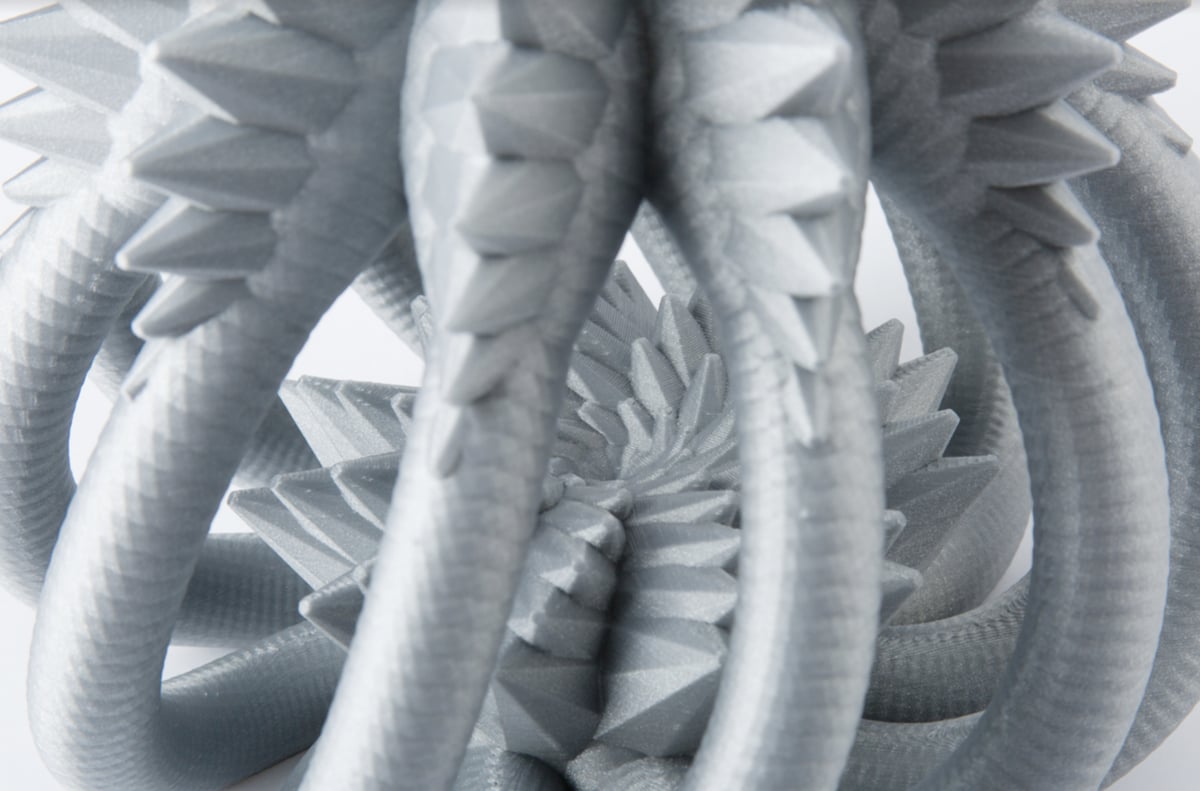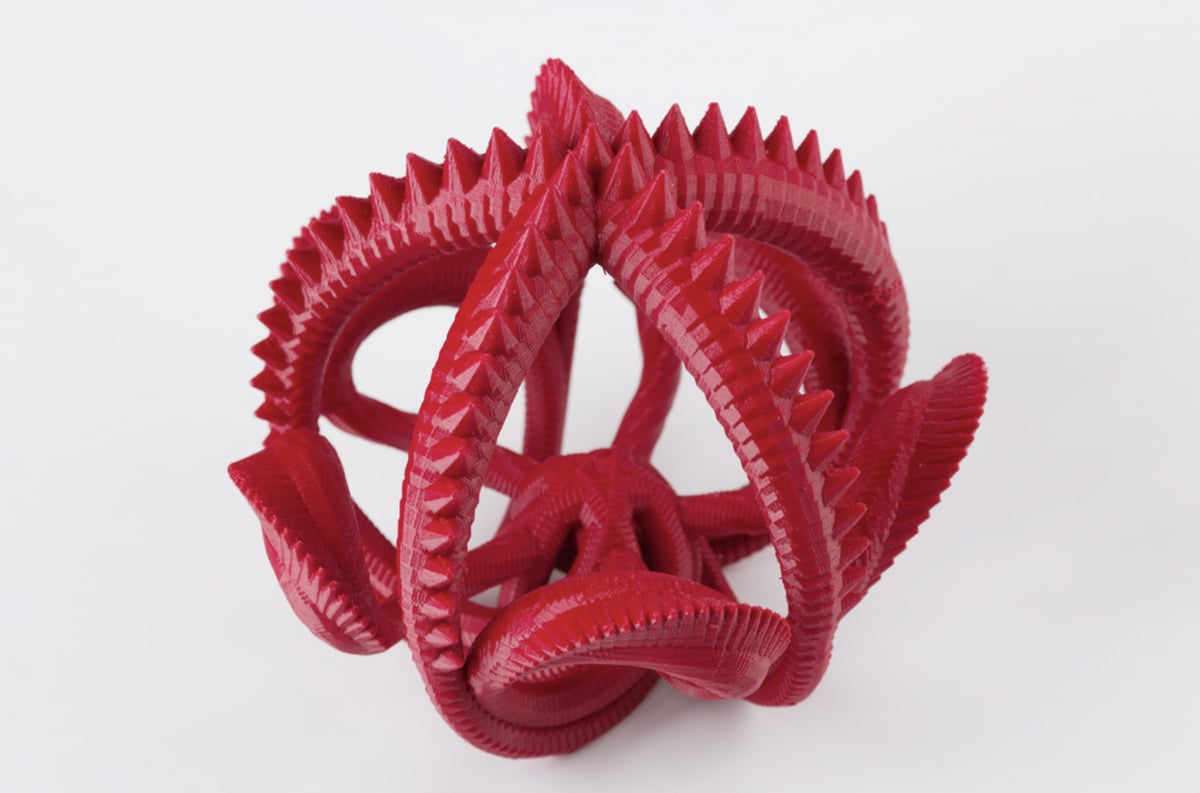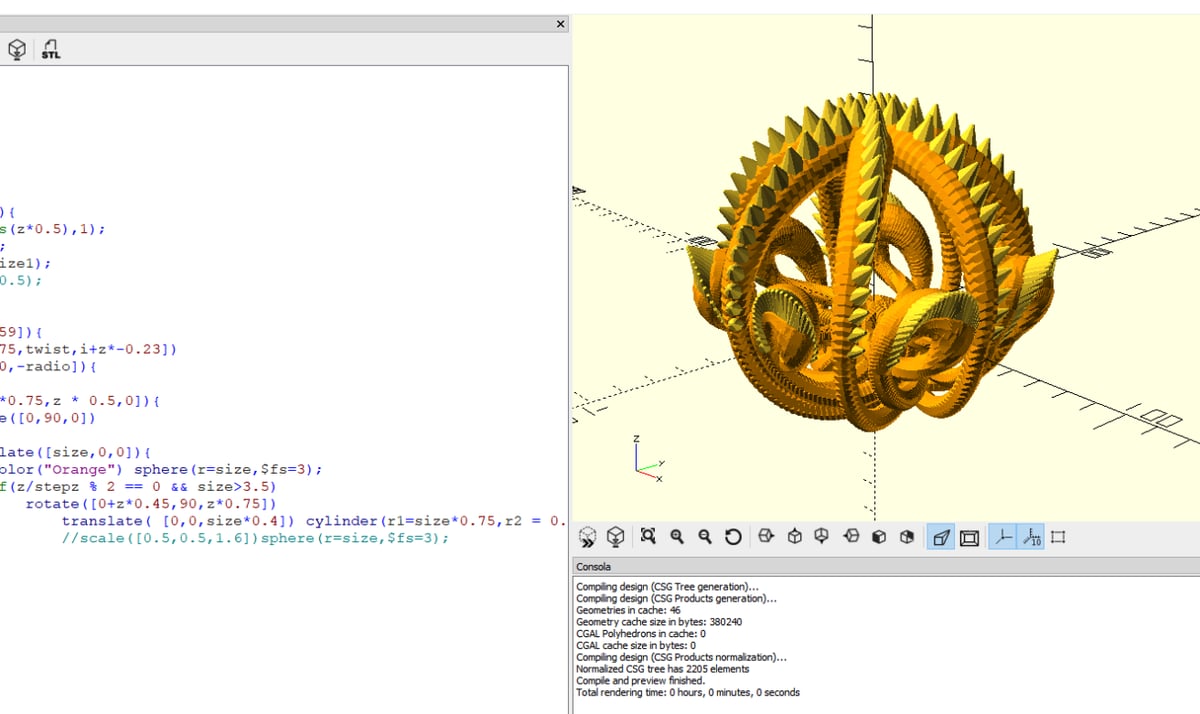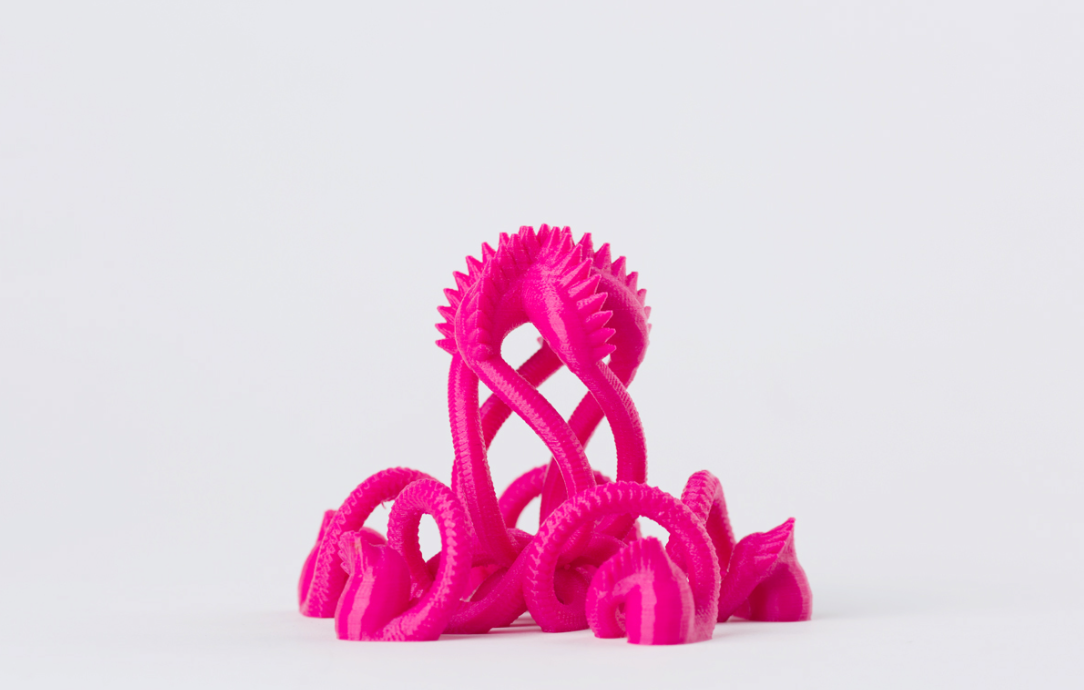By experimenting with OpenScad, Fernando Jerez, a computer science teacher, amateur designer and 3D printing hobbyist, has developed decorative 3D models for a series he’s calling Plastic Reef.
The project includes Anemones, Random Octopus, Tube Sponges and now, for the fourth design, Spores. The designs can be found on Thingiverse and are available for everyone to download and print.

For Spores, Jerez explains that he was inspired by Ernst Haeckel drawings. He adds: “I’m fascinated with this kind of drawings and the organic structures that seem like they have been made by some sort of algorithm.”
The project was soon picked up by the popular filament manufacturer Fillamentum, which helped to involve makers from the 3D printing community to test, print, and send the pieces to Fillamentum.

Creating the Decorative Plastic Reef 3D Models in OpenScad
To create the decorative “weird undersea creatures”, Jerez used procedural and generative algorithms implemented in OpenScad.
Jerez needed an algorithm to generate different patterns with a similar structure. After struggling to find a good way to go about this, he improvised “a mix of formulas to get a sinusoidal path that twists itself to make an organic shape.”

From here, he could add balls and spikes as well as tweak the path. Jerez explains that with this method, there are a lot of weird creatures to be discovered. Because of this, he ended up creating 30 STL files, when his intention was just to create a dozen.
Jerez’s hard work has been appreciated by the community on Thingiverse.
He adds: “Lot of people got involved, and for me as a hobbyist designer, my best revenue is seeing other people enjoying and printing my stuff. When I see those figures printed at such high quality, it feels great.”
Check out Jerez’s profile on Thingiverse and download his Plastic Reef series. He adds that feedback and new ideas are welcome too.
Source: Fillamentum

License: The text of "Designer Creates Beautiful Plastic Reef Series with Generative Algorithms" by All3DP is licensed under a Creative Commons Attribution 4.0 International License.